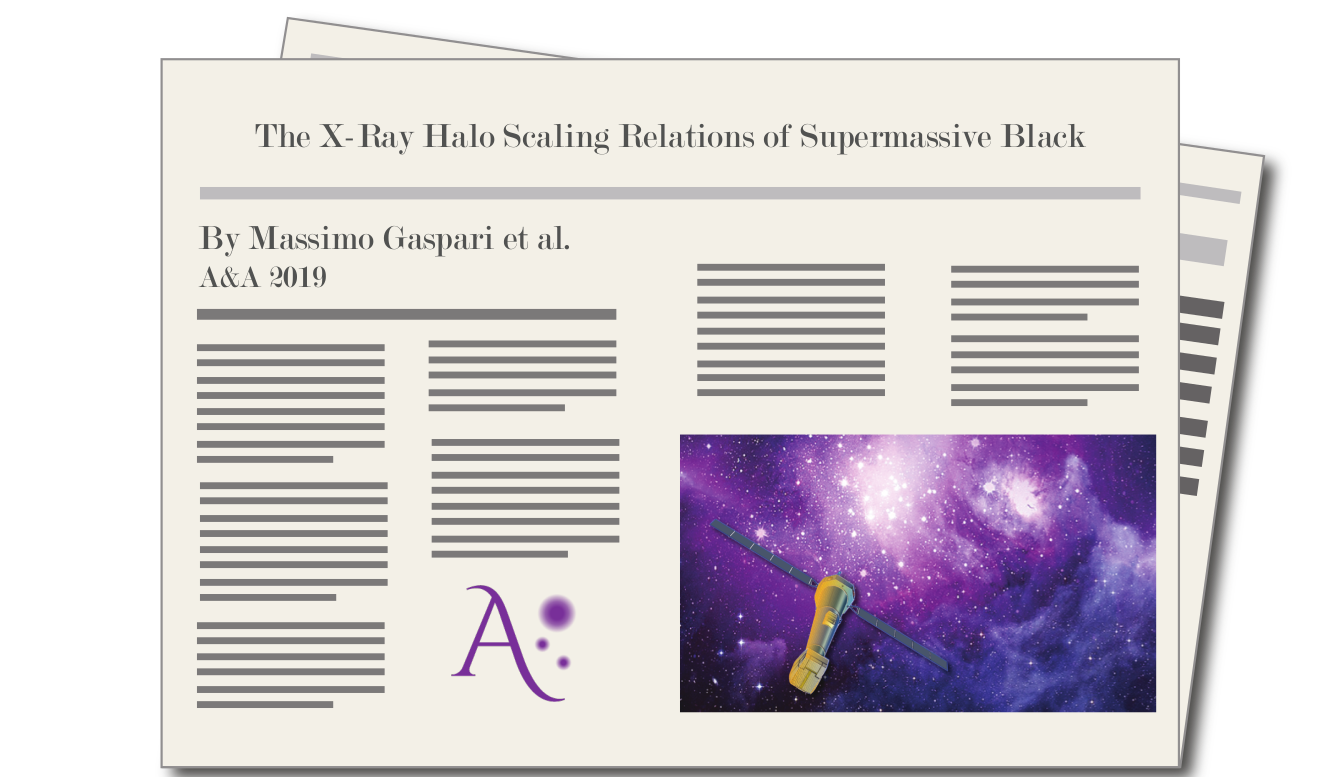
The X-ray Halo Scaling Relations of Supermassive Black Holes

By M. Gaspari
We carry out a comprehensive Bayesian correlation analysis between hot halos and direct masses of supermassive black holes (SMBHs), by retrieving the X-ray plasma properties (temperature, luminosity, density, pressure, masses) over galactic to cluster scales for 85 diverse systems. We find new key scalings, with the tightest relation being the M•−Tx, followed by M•−Lx. The tighter scatter (down to 0.2 dex) and stronger correlation coefficient of all the X-ray halo scalings compared with the optical counterparts (as the M•−σe) suggest that plasma halos play a more central role than stars in tracing and growing SMBHs (especially those that are ultramassive). Moreover, M• correlates better with the gas mass than dark matter mass. We show the important role of the environment, morphology, and relic galaxies/coronae, as well as the main departures from virialization/self-similarity via the optical/X-ray fundamental planes. We test the three major channels for SMBH growth: hot/Bondi-like models have inconsistent anti-correlation with X-ray halos and too low feeding; cosmological simulations find SMBH mergers as sub-dominant over most of the cosmic time and too rare to induce a central-limit-theorem effect; the scalings are consistent with chaotic cold accretion (CCA), the rain of matter condensing out of the turbulent X-ray halos that sustains a long-term self-regulated feedback loop. The new correlations are major observational constraints for models of SMBH feeding/feedback in galaxies, groups, and clusters (e.g., to test cosmological hydrodynamical simulations), and enable the study of SMBHs not only through X-rays, but also via the Sunyaev-Zel'dovich effect (Compton parameter), lensing (total masses), and cosmology (gas fractions).

